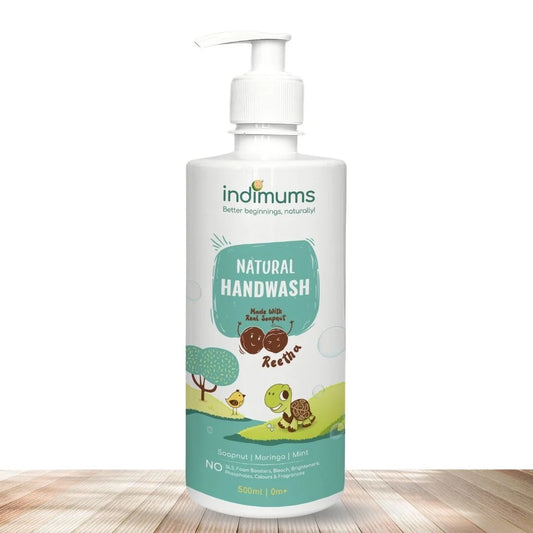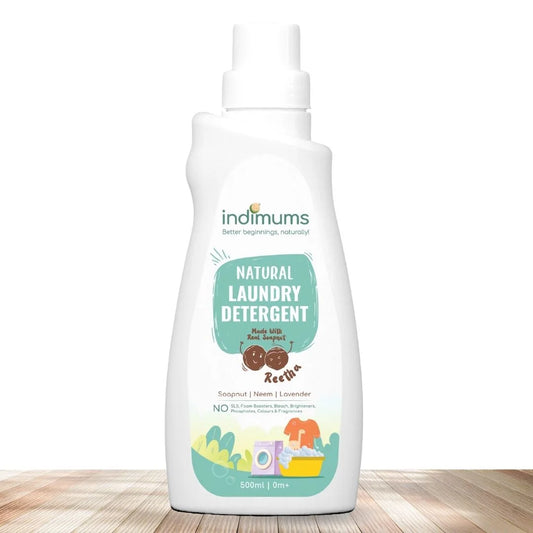What is Craddle Cap
Cradle cap, also known as infantile seborrheic dermatitis, is a common scalp condition that many babies experience. Characterized by crusty or flaky patches on the scalp, cradle cap can be concerning for parents. However, with the right cradle cap treatment and care, it can be effectively managed. In this blog, we'll discuss the do's and don'ts of cradle cap, providing helpful tips for cradle cap to ensure your baby's scalp remains healthy and comfortable.
Do's and Dont's of Craddle Cap
Do's of Craddle Cap
- Gentle Scalp Care: Treat your baby's delicate scalp with utmost care. Use a soft baby brush or comb to gently loosen and remove flakes. Regular, gentle brushing can help prevent the buildup of scales and promote healthy scalp circulation.
- Regular Scalp Massage: Incorporate gentle scalp massages into your baby's routine. Massaging the scalp with your fingertips or using a natural oil like coconut or olive oil can help soften scales and improve the effectiveness of other cradle cap treatments.
- Natural Remedies: Consider using natural remedies to soothe cradle cap. Coconut oil, in particular, is known for its moisturizing and anti-inflammatory properties. Apply a small amount to the affected areas and leave it on for a few minutes before gently rinsing off.
- Mild Shampoo: Choose a gentle, baby-friendly shampoo specifically formulated for delicate scalps. Wash your baby's hair regularly to keep the scalp clean, but avoid overwashing as it can strip the scalp of its natural oils and exacerbate cradle cap.
- Consult a Pediatrician: If your baby's cradle cap doesn't improve with home remedies or if you notice signs of infection such as redness, swelling, or oozing, it's essential to consult a pediatrician. They can provide further guidance and recommend appropriate cradle cap treatments.
Dont's of Craddle Cap
- Don't Pick or Scratch: Avoid picking or scratching at the flakes as it can lead to irritation and potential infection. Instead, gently massage or brush the scalp to loosen the scales without causing discomfort to your baby.
- Avoid Harsh Products: Steer clear of harsh chemicals and strong detergents that can further irritate your baby's sensitive scalp. Opt for gentle, natural baby products that are free from sulfates, parabens, and artificial fragrances.
- Don't Overuse Remedies: While natural oils like coconut or olive oil can be beneficial for cradle cap treatment, using them excessively can lead to greasy hair and worsen the condition. Use these remedies sparingly and only as needed.
- Don't Panic: Cradle cap is a common and usually harmless condition that tends to resolve on its own over time. While it may be unsightly, it typically doesn't cause any discomfort to your baby. Remain calm and patient as you work to manage and treat the condition.
- Don't Compare to Dandruff: Although cradle cap may resemble dandruff, especially in older children and adults, they are two different conditions with distinct causes. Cradle cap is typically seen in infants and is associated with overactive sebaceous glands, while dandruff is more common in older individuals and can be caused by various factors such as dry scalp or fungal infections.
Conclusion
Cradle cap can be concerning for parents, but with the right approach, it can be effectively managed. By following the do's and don'ts outlined in this blog and applying the right cradle cap treatment, you can help keep your baby's scalp healthy and comfortable. Remember to be patient and consistent with your care routine, and don't hesitate to consult a pediatrician if you have any concerns or if the condition persists despite your efforts.




